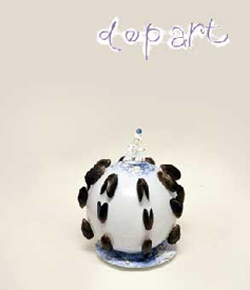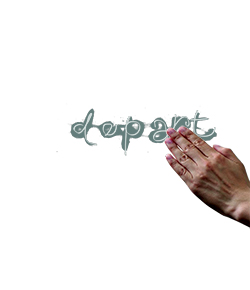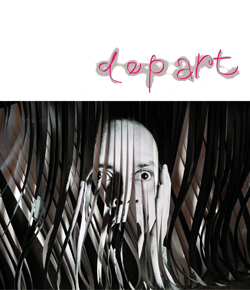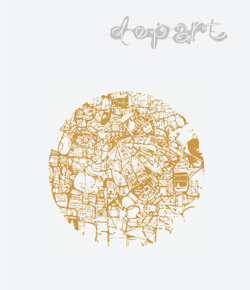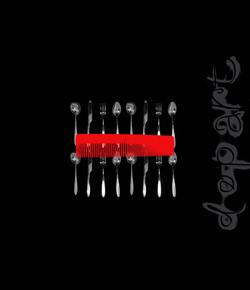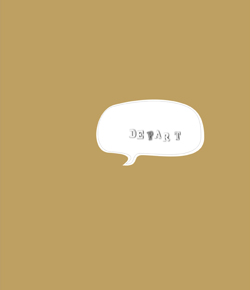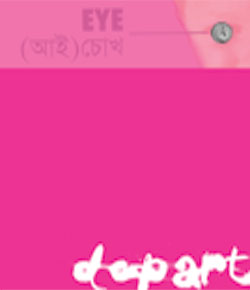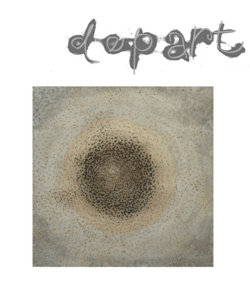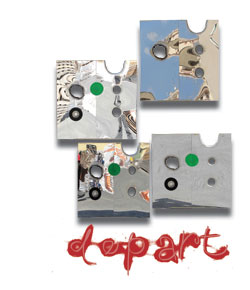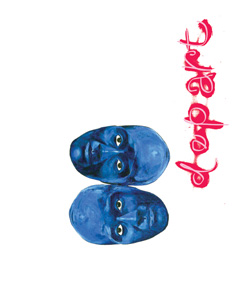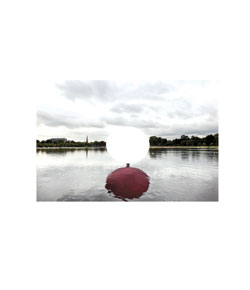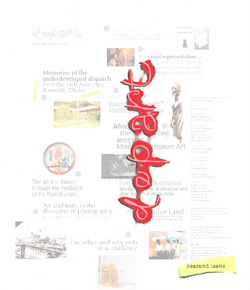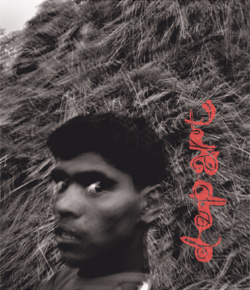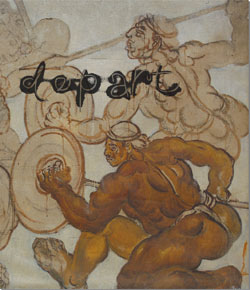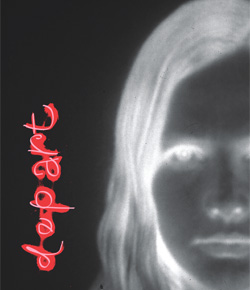navigator
An examination of souls caught in limbo
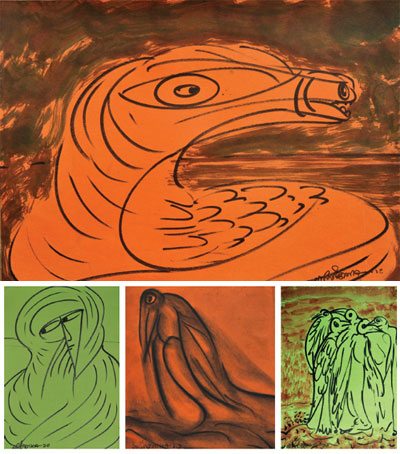
Nafiuzzaman Nafi, a young painter who empties both the contents of the mind and the traces of the real world on one platter, serving his language resting comfortably between the sacred and the profane, is a fresh new detractor of academic realism. If the Sufis define an '“isthmus” between the “two seas” of the material world and the realm of the Spirit,' (Atlantis and Hyperborea by Charles Upton), Nafi comes up with its visual equivalent and fashions an immersive/expressive new language to forge semi-discernable (with regards to their identity) but full-fledged entities floating in a vast sensorium.
His works are a poetic extension of a myth-scouring as well as myth-generating 'alter ego' – one which came to the fore by way of artist Ronni Ahmmed's interventions and appropriations in the last ten years.
In Greek mythology, it is Pandora who let the evil spread onto the world by accident when she opened the box given to her as a gift. In the same gift box was the Spirit of Hope, who is referred to as Elpis. The works of Nafi come packed with both the chaos of the real world and the hope that emerges once we are able to see through those immediate smokescreens and confusions perceived as the 'real'.
Nafi's oeuvre, one that is made up of most of what hung in his first ever solo exhibition at the Dhaka Art Center last December, takes us

back to those moments of respite when we are able to reflect beyond the clash between the evil and the sacred.
Desire is defined as a 'productive force' by Gilles Deleuze, and it is this model of mind through which we are required to confront Nafi's somewhat murky, quirky and at times even erotically charged imagery. Nafi keeps his cranium high above the dross that collects in our daily grind where meaning-generating minds are given to economic and philosophical pragmatism. He disavows pathos to opt for an 'animistic pleasure' in the experiential as he is unfazed by actual social-political events/mishaps. They too, perhaps, percolate into his art as does daemonic spirit, but the imagery – almost of a palimpsestic nature – are never affected by actual losses and anguish that beset our everyday existence. The energy for creation, for him, subsumes all and is transmuted into what we may dub as non-hierarchical position vis-à-vis all kinds of imagery. In fact, his apparently mysterious form of image-making results from the sensory reorganization of reality and dream as well as desire into seductive, psychic indices.
Amassed in the exhibition entitled Kavyakala, his works vary from imaginary portraiture to clusters of figural motifs; they speak to us in a language which verges on the surrealistic, yet they seem proximal to the reality antagonistic to our desire defying human logic. If reality is the ground for our desire to thrive, this is exactly the site where pleasure and disquietude proliferate. In most of his successful works both the sensations are simultaneously present and are forwarded to the realm of the visual in conformity with a linear tradition of execution.
Contour lines frame his visual language, and even lend thrust to the final irrational visual solution. As for his sensibility, he is undoubtedly inspired by the vision-seeking mavericks that are wont to transmit the idea of the 'otherworldly' from within that which is relegated to the worldly.

The noir sensibility which he cultivates, perhaps is issued forth from a primordialist mindset – one which is disinclined to interpret the real, discounting the recent works saturated with colours of different luminosity, especially if one looks at his bigger canvases where anthropoids and nonanthropoids are heaped together to allude to the chaos that is our experiential world. Existential inertia that grips us at moments when hope seems to be the only guiding light is too brought into play. And we witness the witnesses – ones who look back at us from his canvases with the expectation of discovering a seer. The 'Waiting for Godot' narrative plays a second fiddle to his central concern, which apparently has to do with a 'sensorial transmission'. Yet the works reside in a state of limbo as do the characters of Beckett's masterpiece. Some of the creatures even dissolve into caricaturesque fate – if one considers their appearance.
However, the emotive force through which they are freighted into the visual plane comes packed with another mysterious force – prescience. Nafi's characters, no matter how lost they seem, await the moment of awakening, for Nafi, as the profane depicter of dystopia, keeps ablaze the flame of hope, although not that of a utopia. Therefore, his works are not merely 'an irrational desire reality', but rather a visionary take on the human condition.
His untitled series is brought under an umbrella coinage – Kavyakala, which is the title of the exhibition. Perhaps this trope speaks about the poeticity that defines his art. But it hardly touches on the sense of finding oneself on the edge of an imminent cataclysm or an awakening that one pegs one's hope on; both possibilities are brought into focus in devising a language in this time of listlessness.
The exhibition ran its course from January 9 to January 15, 2015, at Dhaka Art Center.
- DEPART DESK




